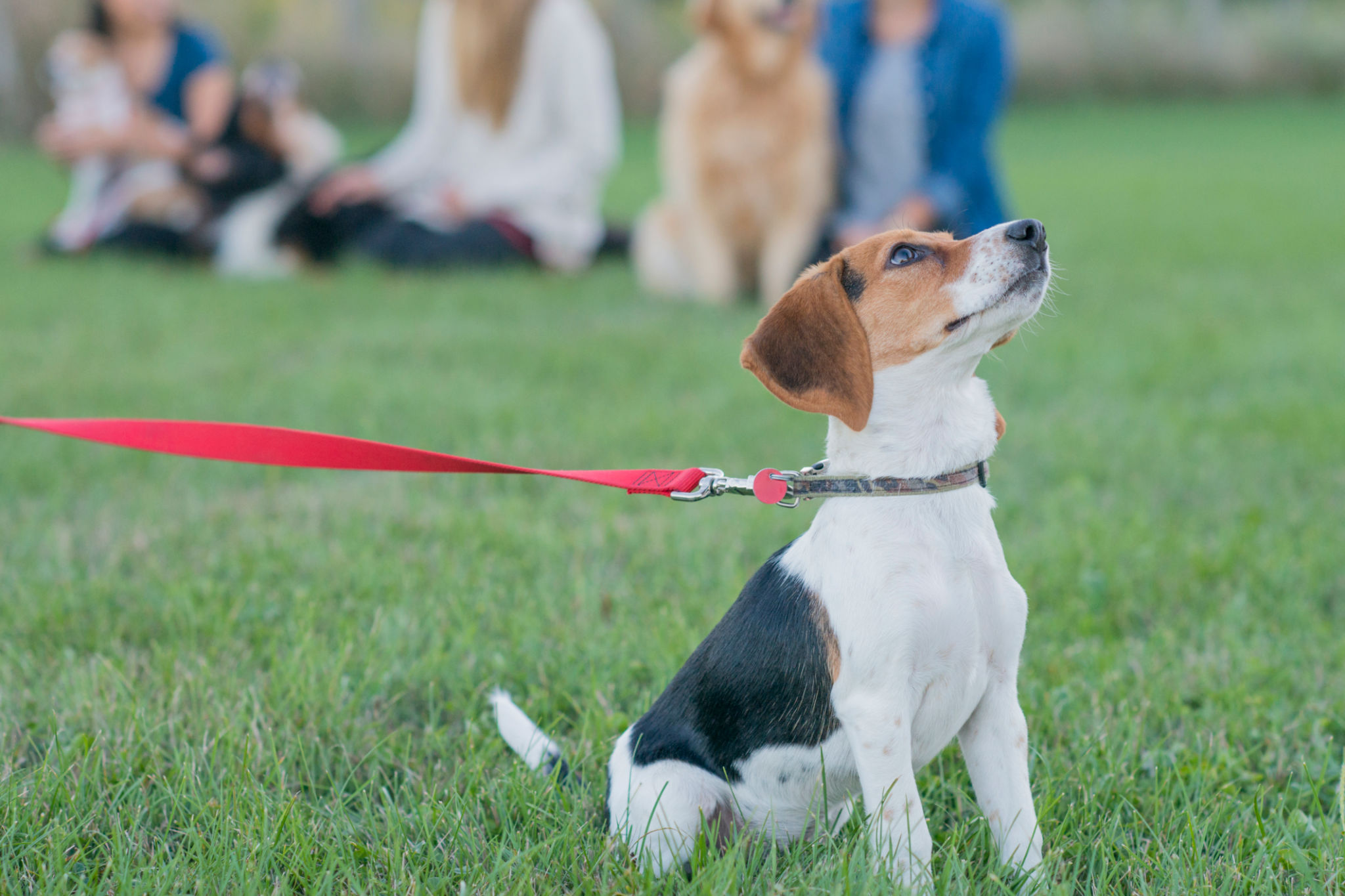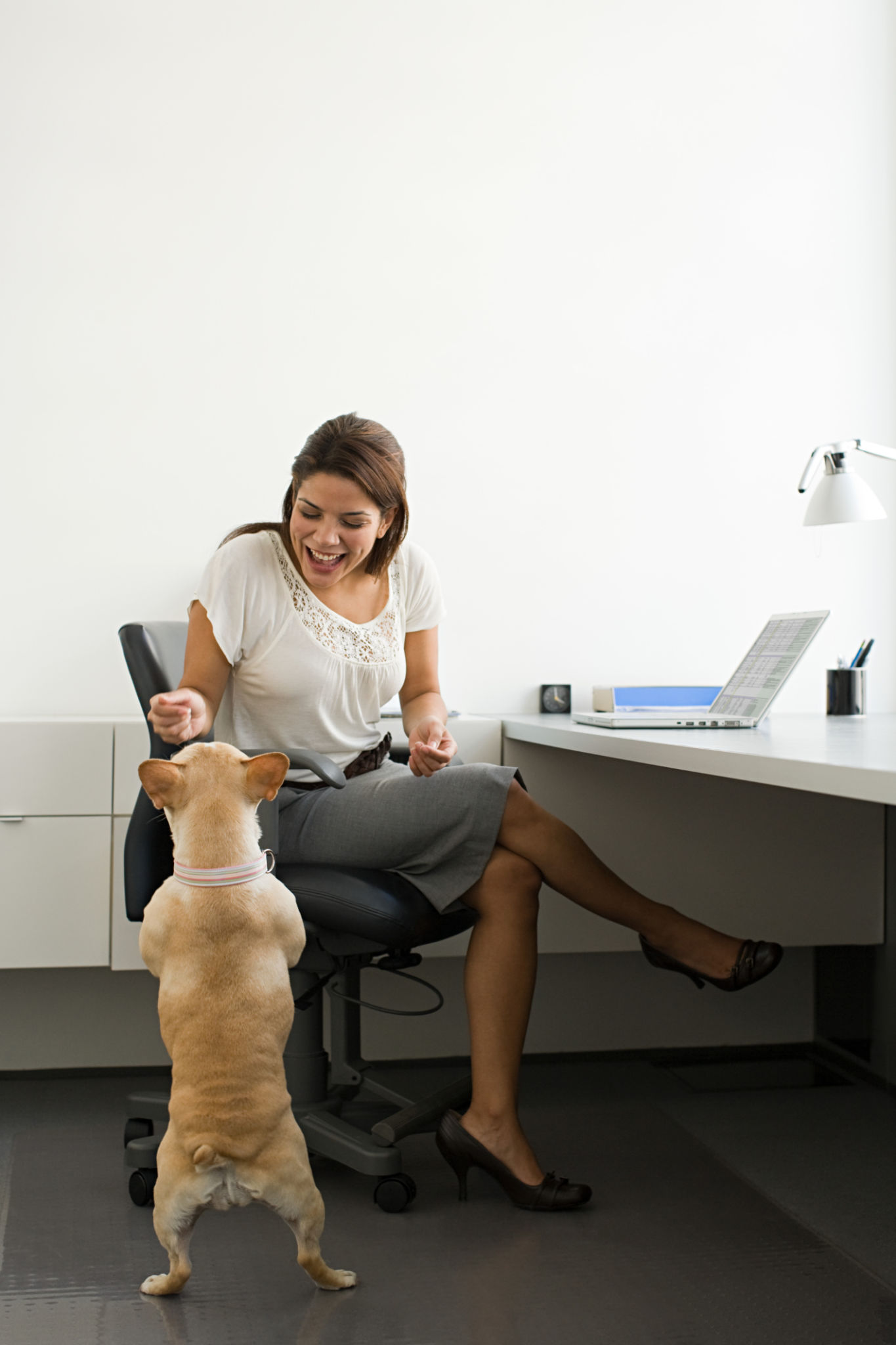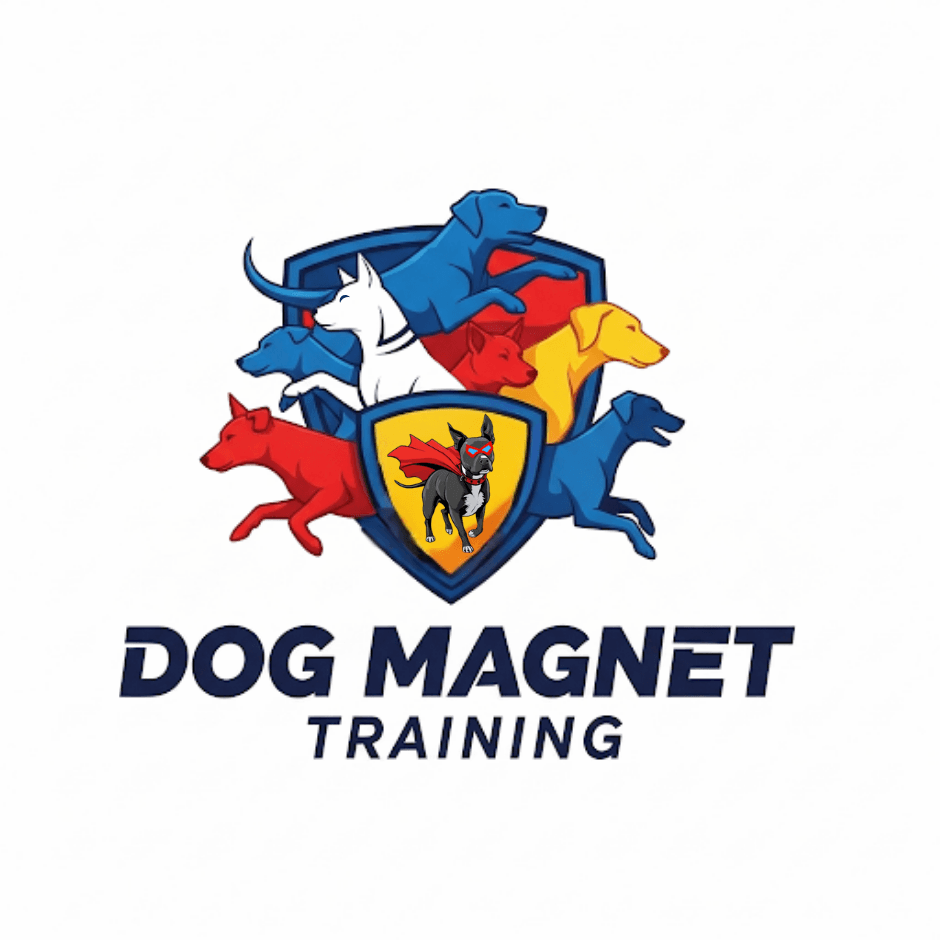Mastering the Basics: A Comprehensive Guide to Dog Obedience Training
Understanding the Importance of Dog Obedience Training
Dog obedience training is a fundamental aspect of responsible pet ownership. It not only helps in managing your dog’s behavior but also strengthens the bond between you and your furry friend. By instilling basic commands and good manners, you ensure your dog’s safety and enhance its quality of life.
Training provides mental stimulation and can prevent many behavioral issues that arise from boredom or lack of direction. The earlier you start, the better, but it’s never too late to begin. Consistent, positive reinforcement is key to successful training.

Getting Started with Basic Commands
Before diving into more advanced training, it's crucial to master the basic commands such as "sit," "come," and "heel." These commands form the foundation of obedience training and will make everyday interactions with your dog smoother and more enjoyable.
Begin with short, focused training sessions. Dogs have short attention spans, so keeping sessions to about 5-10 minutes helps maintain their interest. Use treats or favorite toys as rewards to reinforce positive behavior.

Positive Reinforcement: The Key to Success
Positive reinforcement is a highly effective method in dog training. It involves rewarding your dog for displaying the desired behavior, making them more likely to repeat it. Rewards can be treats, praise, or playtime. The key is to immediately follow the behavior with a positive consequence.
It's important to be consistent with commands and rewards. Inconsistency can confuse your pet and hinder progress. Additionally, patience and persistence are vital; some dogs may take longer to learn certain commands than others.
Avoiding Common Mistakes
Many new dog owners make mistakes during obedience training that can lead to frustration for both the owner and the pet. One common error is expecting too much too quickly. Remember, learning takes time, and patience is crucial.

Another mistake is allowing your emotions to dictate how you communicate with your dog. This can create fear and anxiety in your dog, making them less receptive to learning. Instead, focus on building a trusting relationship through encouragement and positive interactions with firm but compassionate corrections.
Advanced Training Techniques
Once your dog has mastered basic commands, you can move on to more advanced techniques. These may include agility training, scent detection, or even tricks like rolling over or playing dead. Advanced training not only enhances your dog's skills but also provides excellent mental and physical exercise.
Remember to keep training sessions fun and engaging. Incorporate games and activities that both challenge and entertain your dog. This ensures that training remains a positive experience for both of you.

The Role of Socialization in Obedience Training
Socialization is an essential component of obedience training. Exposing your dog to different environments, people, and other animals helps them become well-rounded and confident. A well-socialized dog is less likely to exhibit fear-based aggression or anxiety.
Organizing playdates with other dogs or attending puppy classes can be beneficial. These experiences teach your dog how to interact appropriately with others, reinforcing good behavior in various situations.
Seeking Professional Help
If you're struggling with obedience training or encountering specific behavioral issues, seeking professional help might be a wise decision. Dog trainers can provide personalized guidance based on your dog's unique needs and personality.
Professional trainers often have experience with a wide range of breeds and behaviors, providing valuable insights that can accelerate the learning process. Don't hesitate to reach out if you feel overwhelmed or unsure about how to proceed.

Conclusion: The Path to a Happy, Well-behaved Dog
Mastering the basics of dog obedience training is an ongoing journey that requires dedication and love. By investing time and effort into training, you lay the groundwork for a fulfilling relationship with your canine companion.
A well-trained dog is a joy to be around and a valued member of your family. So embrace the process, celebrate small victories, and enjoy the many benefits that come with having a well-behaved pet.
